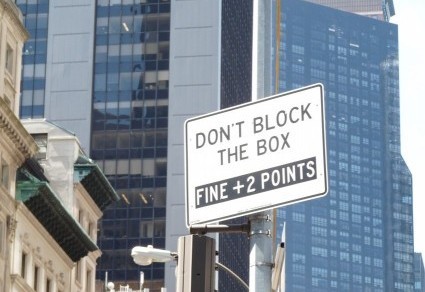If I had my way, apostrophes would be exiled from English. My reasons are sound. Many perfectly fine languages do quite well without this punctuation mark. Plus, few people misunderstand the writer’s intended meaning just because an errant apostrophe has crashed a sentence or gone AWOL. Alas, I don’t have my way very often, and never in matters of apostrophes. Perhaps that’s why I seldom bother snapping photos of the many errors I see on signs around New York. But every once in a while, I can’t resist. This sign caught my eye yesterday:

I’m fine with an apostrophe-less “ladies,” because nouns do morph into adjectives at times (e.g. “Yankees baseball”). However, “mens” isn’t a noun. In fact, it’s not even a word. “Men” is an irregular plural, so the only legitimate term is “men’s,” the possessive form. But are the alternatives fair? You can write “ladies’ & men’s” or “ladies and men” and claim symmetry and equality. Yet while you might talk about “ladies tailoring” you probably wouldn’t say “men tailoring.” (The technical reason: It doesn’t sound right. Plus, who’s to say that you’re not talking about a guy waving a tape measure around?) Despite the difficulty of fashioning an apostrophe in neon, I think this sign should read “ladies’ and men’s.”
This sign writer took a different approach:

Fairness demands that because you can have a “man cave,” you should also be able to have a “man shirt.” Working backward on the logic chain to the first sign in this post, you end up with “woman and man tailoring.” I can live with that usage. In fact, I can think of many a woman and man I wouldn’t mind tailoring to my specifications — talks less, vacuums more, stuff like that. But strict grammarians might object.
One more for (and from) the road:

Why do people keep trying to make plurals with apostrophes? Upstate’s “hen’s” may be the “happiest,” but I bet upstate’s grammarians are pretty glum. They may even be the “unhappiest grammarian’s.”


















